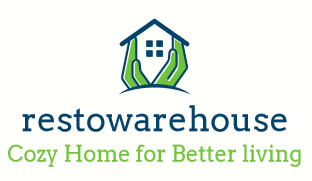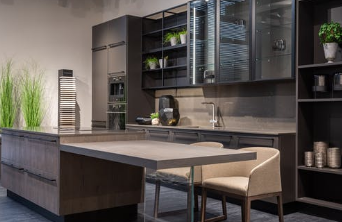What are the different types of plasterboard? We’ve seen them in our offices and cafeterias and now more than ever at our homes, the lightweight material is perfect for ceilings and walls and is one of the most selling construction items today.
This is why one should be aware of the different types of plasterboard that are available in the market.
From white plasterboard to fire-resistant plasterboard.
Plasterboard is a quick alternative to the traditional plaster, that helps designers meet regulations in terms of efficiency and protection.
Constructions that took weeks to complete as builders had to complete the plaster application and wait for it to slowly dry so that they could continue the next step can be done in a matter of days using plasterboards.
Different plasterboards are purpose-built and have different applications, while some make it on the list of builders and homeowners other are common amongst builders who build facilities that require certain specifications.
Some of the most popular types of plasterboard are explained below-
Standard plasterboards:
Two types of plasterboards fall in this category namely square edges and tapered edges. The former is used for a textured finish while the latter is used in cases that require joining or skimming.
Insulated plasterboard:
This is a commonly used building material that has a sheet of insulating material sandwiched between the sheet.
This comes in handy when you are looking to enhance the thermal performance without adding too much depth to the wall.
They even come with a vapour barrier but check a corner just-in-case.
Impact board:
This type is not common in domestic use and is used in areas of high traffic and heavy- wear, this particular type is strengthened with fiberglass, this results in plasterboard that has higher durability that can withstand almost twice the force of impacts.
This is one of the costliest of all the different types which is due to the added materials in the manufacturing process.
Moisture resistant plasterboard:
Similar to an impact board, in the manufacturing process of this particular plasterboard, some additives repel moisture as the name suggests.
Various applications require this particular plasterboard like a kitchen and washrooms that usually see a lot of water usage.
This plasterboard ensures that the walls and the ceilings are dry throughout their lifespan and do not mould or dampen.
Fire-resistant plasterboard:
When one takes a close look at the chemical formula of the compound that is used to manufacture the plasterboards, one notes that it comprises almost 50% water by volume. In case of a fire, this results in the plasterboard absorbing the heat and dissipating it in the form of steam.
As long as there is crystalized water in the plasterboard to absorb the heat the other side does not get affected unless the structural integrity of the board is compromised.
There are two types of fire-resistant plasterboard that one might come across these are “type C” and “type X”, off the two the former has a higher resistance to fire as compared to the latter.
Related Posts
- Design Types
- Bali Lavastone for Elegance Swimming Pool
- 3 Options To Choose From For Your Interior Decor Ceiling Materials
- Quality Tips for Getting A New Roof in Boca Raton FL
- The benefits of Having Security Screens for Your Residential and Commercial

